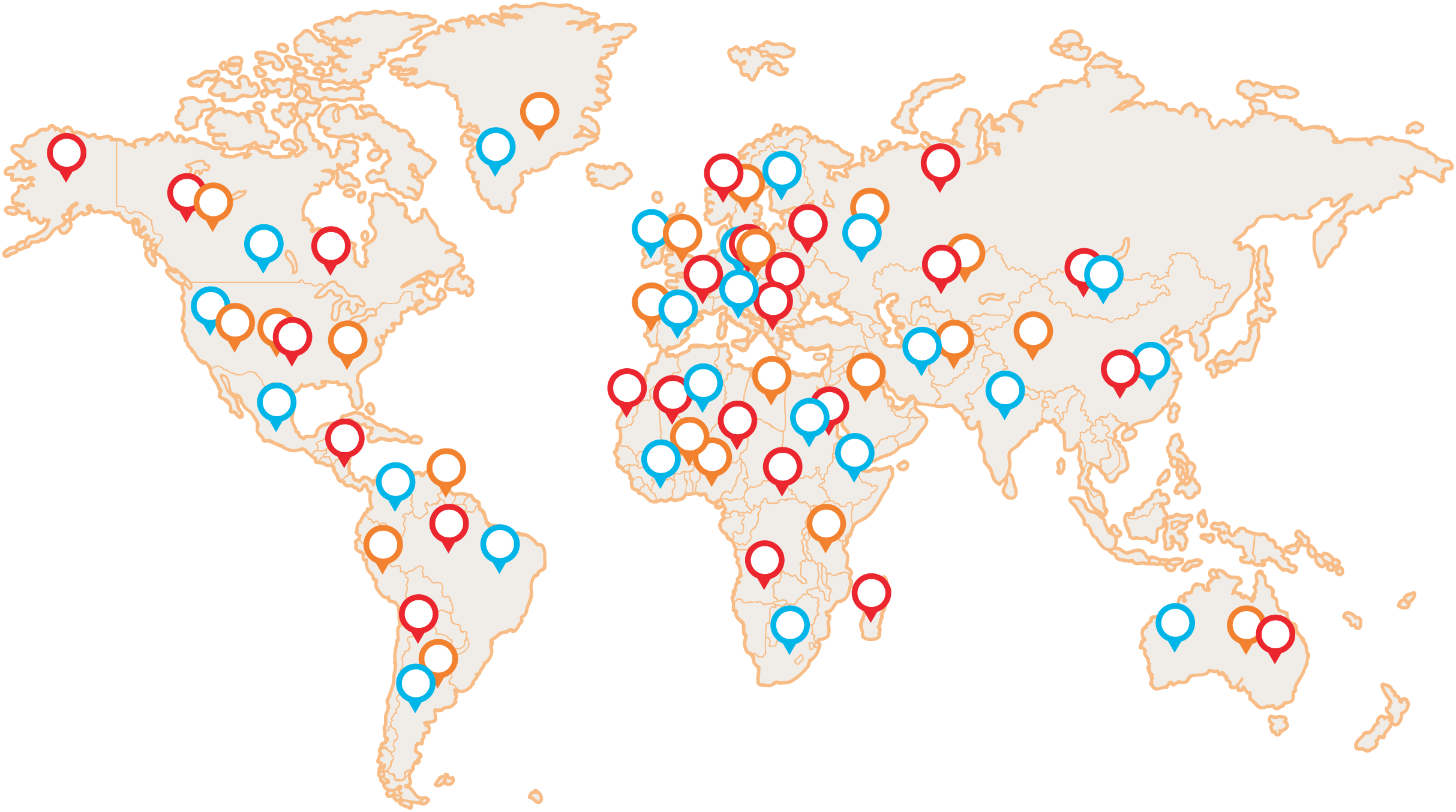Categories: joint pain from external pathogens (Bi Zheng), chronic lumbar pain, tailbone pain, weather-responsive pain, feeling of morning looseness and stiffness, pain when standing for long periods, improvement of problems with heat
Description:
This is an artfully compounded blend by the famous Tang Dynasty physician Sun Si Miao, which is primarily for painful obstructions in the pathways and conjunctions in the terrain of deficiency, both in the lumbar and sacral regions as well as the joints. The disease either lasts for a long time, so that the vital substances have become depleted, or it is an otherwise depleted body with a deficiency of Qi and blood, especially Kidney and Liver, which nourish the motor tissues. This makes it a bit different from the Tong Yao Zhui Tang blend, which is a bit more for acute conditions without the need to replenish Qi energy. In Bi Zheng (obstructive pain syndromes) the pain is caused by a blockage in the pathways caused by some external climatic factor - usually cold, wind and damp. Therefore, pain is very often responsive to changes in weather. This "external pollutant" enters the body all the more easily because what it is supposed to nourish - the Liver and Kidneys - is weakened. In addition to chronic and often dull pain, the patient feels weakness in the hips or knees. Morning flakiness and a feeling of heaviness in the affected area is also a frequent symptom, often dominating more than the pain itself.
Indications:
-joint pain from external pathogens (Bi Zheng) with deficiency of Liver and Kidney, Qi and Blood.
-chronic lumbar pain associated with Liver and Kidney, Qi and Blood insufficiency
-skeletal pain
-feeling of heaviness and pain fixed to a spot in the lumbar and lower extremity area
-pain responsive to weather
-feeling of morning flakiness and stiffness
-aching when standing for long periods of time
-feeling of weakness in the hips
-cold intolerance
-improvement of discomfort with heat
Modern Uses:
-rheumatoid arthritis
-chronic lumbago
-sciatica
-oyster
-disc prolapse
-SI (sacroiliac) joint problem
-hepatitis
-skin disease
-impotence
Language:
-pale with white coating
Pulse:
-xi (thin)
-ruo (weak)
-chi (slow)
Contraindications:
-painful obstructions (Bi syndromes) associated with great excess, e.g. damp heat (Shi Re) - condition is weak pulse or predominance of stiffness over severe pain
Remark:
To work well, the mixture must be used for a long time. It is effective as a basic mixture for all types of painful obstructions and atrophy of the lower limbs.
Due to its good function of clearing pathways and connectors (luo), it is also used in modern times for other types of blockages related to Qi and blood insufficiency associated with their obstruction, such as hepatitis, skin diseases (psoriasis, scleroderma) or impotence.
Prescription ingredients:
|
Edit by
|
Chinese
|
Czech
|
Latin
|
|
|
Du Huo
|
Downy woodpecker, root
|
Rad. angelice pubescentis
|
|
|
Qin Jiao
|
gentian, root
|
Rad. gentianae macrophyllae
|
|
|
Fang Feng
|
Ledebouriella decomposita, root
|
Rad. ledebouriellae
|
|
|
Xi Xin
|
Ungulate
|
Herba asari
|
|
Sheng
|
Di Huang
|
rehmannia sticky, untreated root
|
Rad. rehmaniae
|
|
|
Dang Gui
|
Chinese angelica, root
|
Rad. angelicae sinensis
|
|
Sheng
|
Bai Shao
|
Milkweed, root
|
Rad. Paeoniae Alba
|
|
Sheng
|
Chuan Xiong
|
Wallich's dill
|
Rhiz. ligustici
|
|
Huai
|
Niu Xi
|
achyrant
|
Rad. achyranthis
|
|
|
Rou Gui
|
Chinese cinnamon tree, bark
|
Cort. cinnamomi
|
|
Sh. Shai
|
Ren Shen
|
Ginseng
|
Rad. ginseng
|
|
|
Fu Ling
|
poria coconut, sclerotium
|
Skler. poriae
|
|
 Vital mushrooms PRO (17)
Vital mushrooms PRO (17) MyTao Edition (14)
MyTao Edition (14) Vital Mushroom Extracts (25)
Vital Mushroom Extracts (25) Combination of mushrooms and herbs (18)
Combination of mushrooms and herbs (18) Traditional recipes (5)
Traditional recipes (5) BIO vital mushrooms powder (9)
BIO vital mushrooms powder (9) Syrups (12)
Syrups (12) Dried vital mushrooms (6)
Dried vital mushrooms (6) Honey products (5)
Honey products (5) Vitamins (4)
Vitamins (4) BIO green food (2)
BIO green food (2) Other (3)
Other (3)

